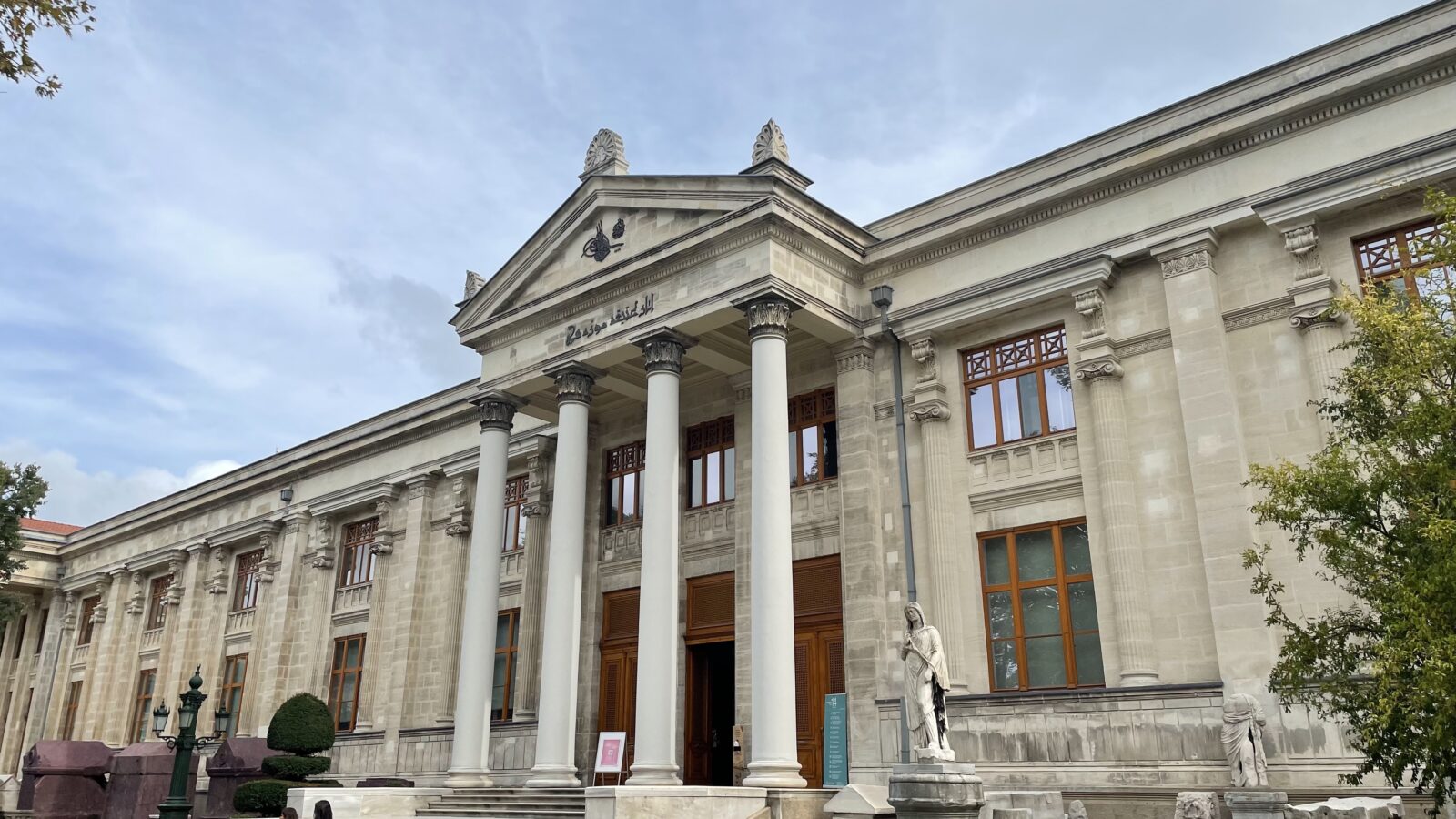
Did you know that the architectural history of the Ottoman Empire in the second half of the 19th century intertwined with Orientalism, symbolizing a quest for architectural identity? This era reflected a blend of East and West, producing iconic masterpieces that remain landmarks today.
Among the architects who epitomized this fusion, Alexandre Vallaury stands out as a visionary whose works define Istanbul's skyline.
The great architect behind some of Istanbul's most iconic buildings was Alexandre Vallaury, born in 1850.
The Pera Palace Hotel, Istanbul Archaeological Museum, Abdulmecid Pavilion, Buyukada Greek Orphanage (Prinkipo Greek Orphanage), and Ottoman Bank are all examples of his works.
Alexandre Vallaury, an architect known for blending Western and Eastern architectural styles, was born into a Levantine family in Istanbul. He likely completed his secondary education at Saint Joseph before pursuing architectural studies in Paris. Vallaury studied at the prestigious Ecole des Beaux-Arts in Paris and won the Prix de Rome in 1855. After completing his education in 1880, he returned to Istanbul.
A close friend of Osman Hamdi Bey and known as "Mimar-i Sehir" (Architect of the City), Vallaury is one of the most important Ottoman architects of the 19th century. Vallaury began to produce his first works in Istanbul in 1882, and one of his first buildings was the Academy of Fine Arts, located in Gulhane Park, where he also taught.




The Pera Palace Hotel, one of the oldest buildings in Istanbul, combines Art Nouveau, Neo-Classical and Orientalist architectural styles and has been serving for 130 years. The most striking feature of the hotel is the "Domed Hall," with its colorful artificial marble arches, glass-topped wooden domes, and elegant wooden latticed windows.
This hall is considered a symbol of Istanbul and the East, as the last stop of the Orient Express.

The Istanbul Archaeological Museum, one of the largest museums in the world, stands out with its neoclassical architecture.
Completed in 1891, 1903, and 1907 by Vallaury, the museum was built at the request of Osman Hamdi Bey and showcases the cultural heritage of the Ottoman Empire.


Built between 1900 and 1904, the Abdulmecid Pavilion is located in the Baglarbasi Grove in Kuzguncuk. A venue for cultural events, the pavilion continues to host guests today.




The Buyukada Greek Orphanage (Prinkipo Greek Orphanage), located on the Monastery Hill of Buyukada, was built in 1898-1899.
Although the building has fallen into disrepair over time, it still holds historical significance.


Located in Galata, the Ottoman Bank is one of Vallaury's most important works. Completed in 1892, this structure combines neoclassical and Orientalist architectural elements and continues to witness Istanbul's history.
Some of Vallaury's other well-known works include:
Alexandre Vallaury left a lasting legacy, not only in the Ottoman Empire but also internationally. As an architect, he skillfully blended both Western and Eastern cultures, contributing unique structures to Istanbul. Today, Vallaury’s works continue to shape the architectural identity of Istanbul.